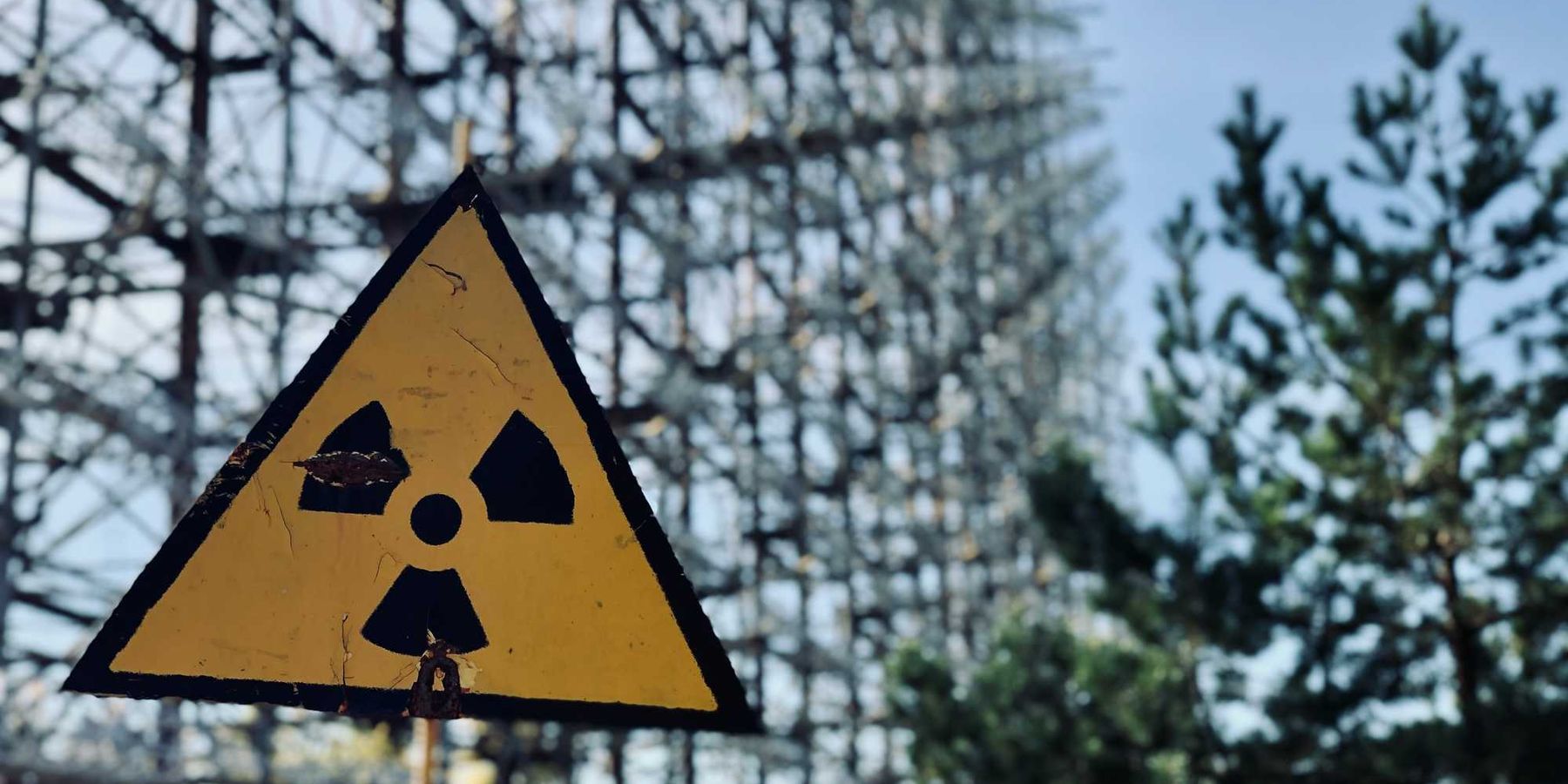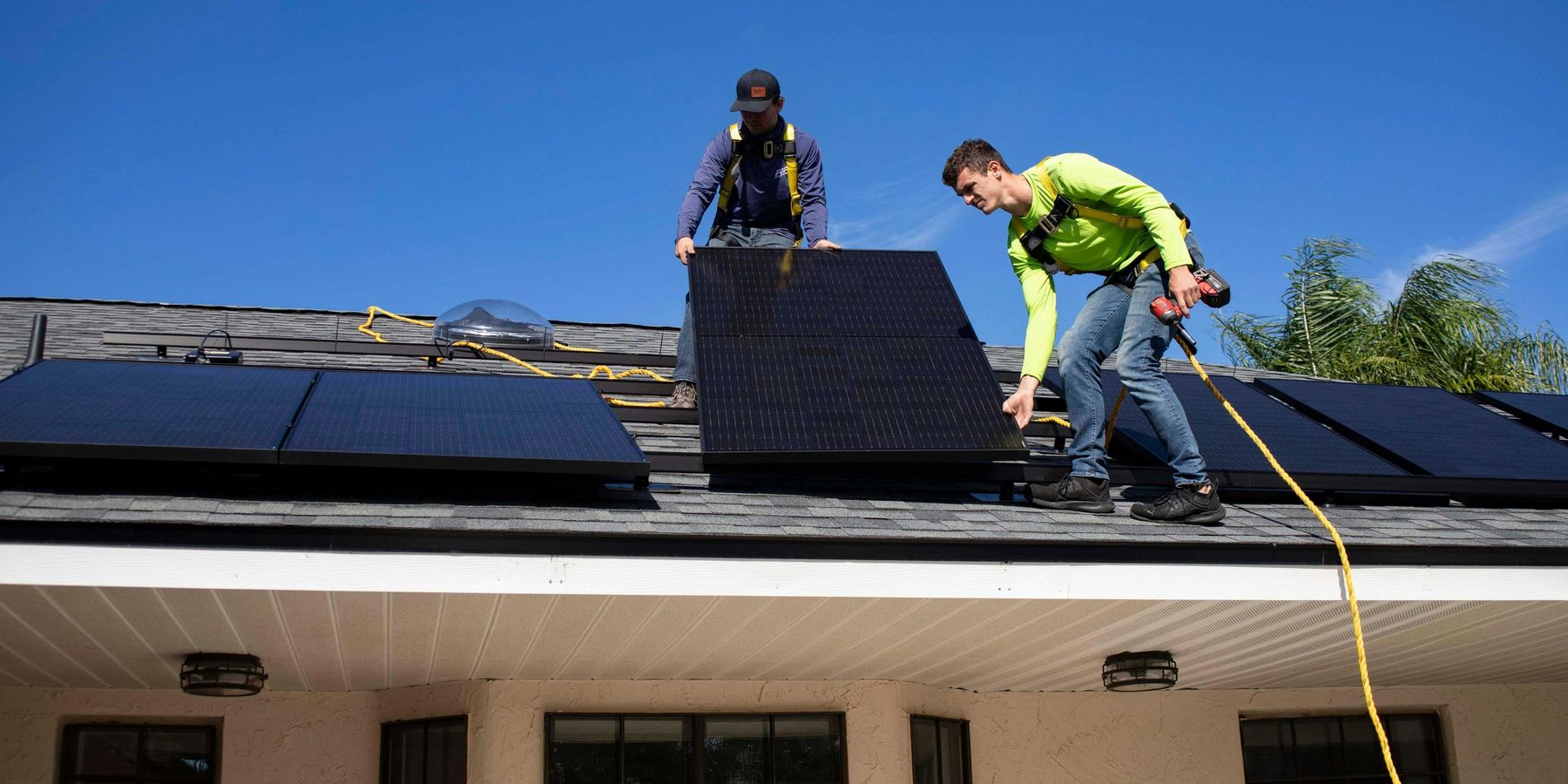Peter Dykstra: US environmental sacrifice zones
Eight places we’ve given up—probably forever.
Ghost towns, submerged land, and polluted paradises dot the American landscape. Here are some of the most infamous, heartbreaking sites.
Ghost Towns
Centralia, Pennsylvania: Founded in the mid-19th century atop a rich seam of high-energy anthracite coal, Centralia prospered for a century. By the 1950’s, strip mining had produced an enormous amount of waste. In the summer of 1962, the town approved a controlled fire to reduce the size of its municipal landfill.
Did someone say controlled? As some had feared, the fire spread to coal seams and for the next 30 years, local, state and federal efforts to kill the fire failed. It baked homes and roadways in Centralia and parts of the neighboring town of Byrnesville. Heavy rainfall caused sporadic geysers.
Sixty years later, the fire’s still alive in those underground seams. Federal buyouts, the de-listing of the town’s zip code, and melting streets chased all but a few residents who were allowed to live out their lives in a dead town.
Picher, Oklahoma: Founded in 1913 after a prospector found huge deposits of lead and zinc, Picher became a mining boom town. Its population peaked at about 14,000 during the 1920’s, and but for a rebound during World War II, was in steady decline ever since.
A 1994 survey found 34% of Picher’s children suffered from lead poisoning, and that steady decline turned into a mass exit. Picher didn’t really need a last straw, but in 2008, a tornado leveled 100 homes and killed seven. The state of Oklahoma formally disincorporated the town a year later.
Ellenton, SC: I visited Ellenton in 1993, 43 years after it ceased to exist. It was the largest of five towns evicted to create the Savannah River Site, one of several super-secret facilities built to win the Cold War. Within six months of their eviction notices, every home, family, storefront and church in Ellenton was vacant – a ghost town for Uncle Sam.
Our Energy Department tour guide took us down eerie streets with crumbling sidewalks leading to bare, overgrown foundations. While parts of the Savannah River Site contained some of the worst chemical and radiological contamination in U.S. history, the worst threat in the desolate streets of Ellenton would be the occasional 350 pound feral hogs that roam the place. Ellenton also has a West Coast twin: The ranching town of Hanford, in Washington’s High Desert, which similarly disappeared in the 1940’s to create Hanford Works and was key for U.S. nuke weapons production from Hiroshima to the Cold War’s end.
Today, the three small cities that serve the Hanford site are thriving, with a federal cleanup funds averaging at least $4 billion a year though through the 2060’s.
Rongelap, Marshall Islands: On March 1, 1954, the U.S. set off another of 67 nuclear “tests” in the Marshalls, a mid-Pacific array of islands and coral atolls. But that day, the test code named Castle Bravo, yielded a blast two and a half times larger than expected, hurling radioactive debris and dust over much of the Marshalls.
Rongelap was hard hit. Radiation sickness was an immediate concern. But by the 1970’s, thyroid cancer had run through an entire generation. The U.S. rejected requests to move the island’s 300+ residents to a safer island.
Finally in 1985, the Greenpeace ship Rainbow Warrior moved the Rongalapese to new, radiation-free homes more than100 miles away. (Full disclosure: I worked for Greenpeace in 1985, but was not a direct participant in the relocation.)
Happily ever after? Not when you’re on an atoll barely above sea level, and the sea level is rising. So stay tuned.
Underwater
Shishmaref and Newtok, Alaska: Located on a gravel spit offshore, Shishmaref residents have long known that a move to the mainland was inevitable. Coastal erosion is the primary culprit: The shorebased ice that traditionally protected the village from the worst impacts of storms. That ice is now largely gone for much of the year.
Several hundred miles to the south, Newtok suffers from another climate threat: melting permafrost threatens the very ground the village stands on.
Isle de Jean Charles, Louisiana: Add land subsidence to the list of more climate-related woes and you’ll see the plight of the few remaining homes in this coastal Louisiana town.
Paradise polluted
Hudson Riverbed: From the nearly pristine Adirondack stream to the gorgeous Hudson Highlands and Palisades to the gleaming skyscrapers of Manhattan, the Hudson River is an aesthetic gem. On the surface, at least. But for its last 150 miles the river bottom is a carcinogenic nightmare. polychlorinated biphenyls (PCB’s) dumped upstream by two General Electric factories for a quarter century line the river bottom and poison the tissues of river wildlife. Neither litigation nor the best-available cleanup techniques can right GE’s wrongs.
It would be distressingly easy to expand this list, starting with the dozens of American cities facing the replacement of lead water service lines in older neighborhoods. Add it all to the seemingly endless list of troubling headlines and we’ve got our work cut out for us.
Peter Dykstra is our weekend editor and columnist and can be reached at pdykstra@ehn.org or @pdykstra.
His views do not necessarily represent those of Environmental Health News, The Daily Climate, or publisher Environmental Health Sciences.
Banner photo credit: imagesystem/flickr













